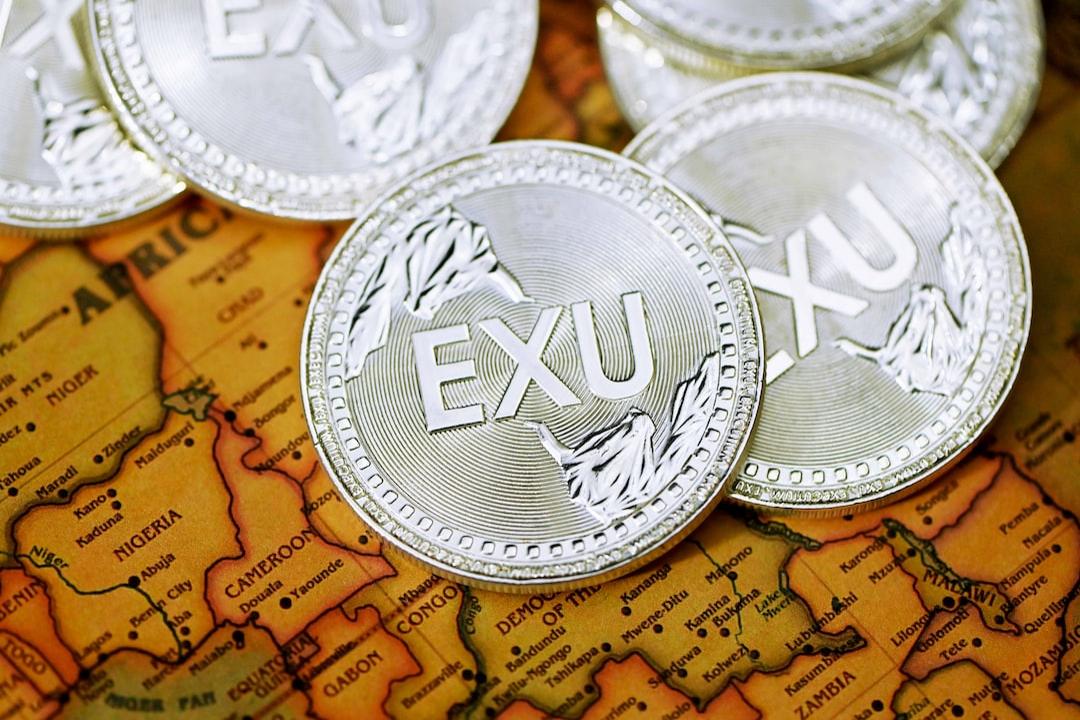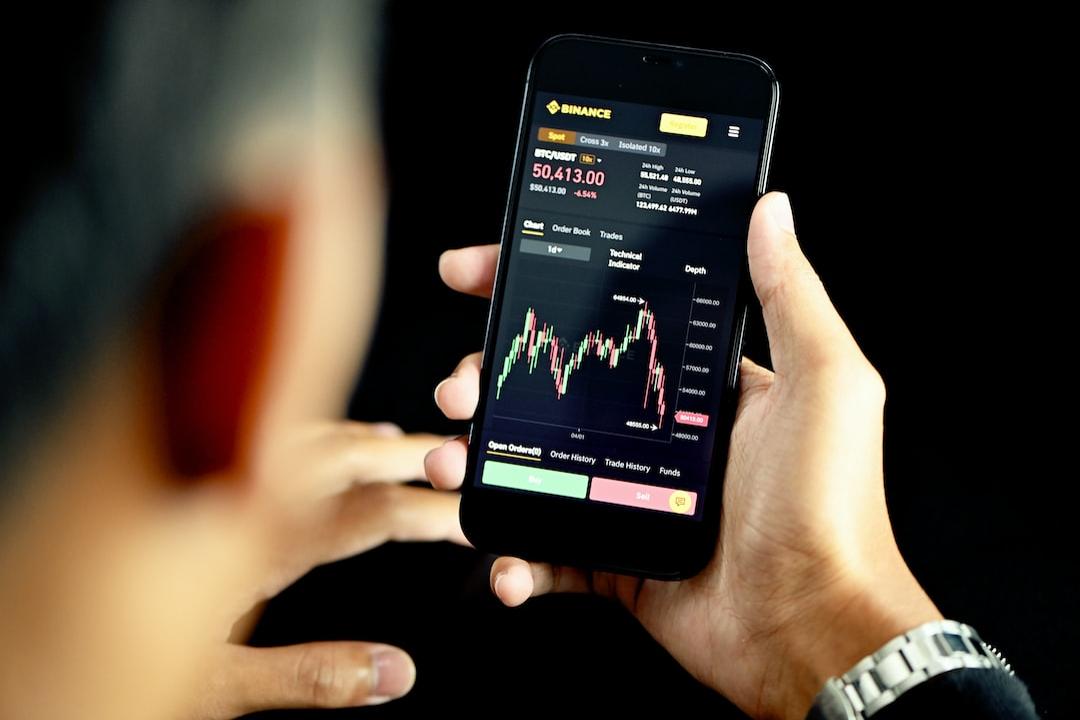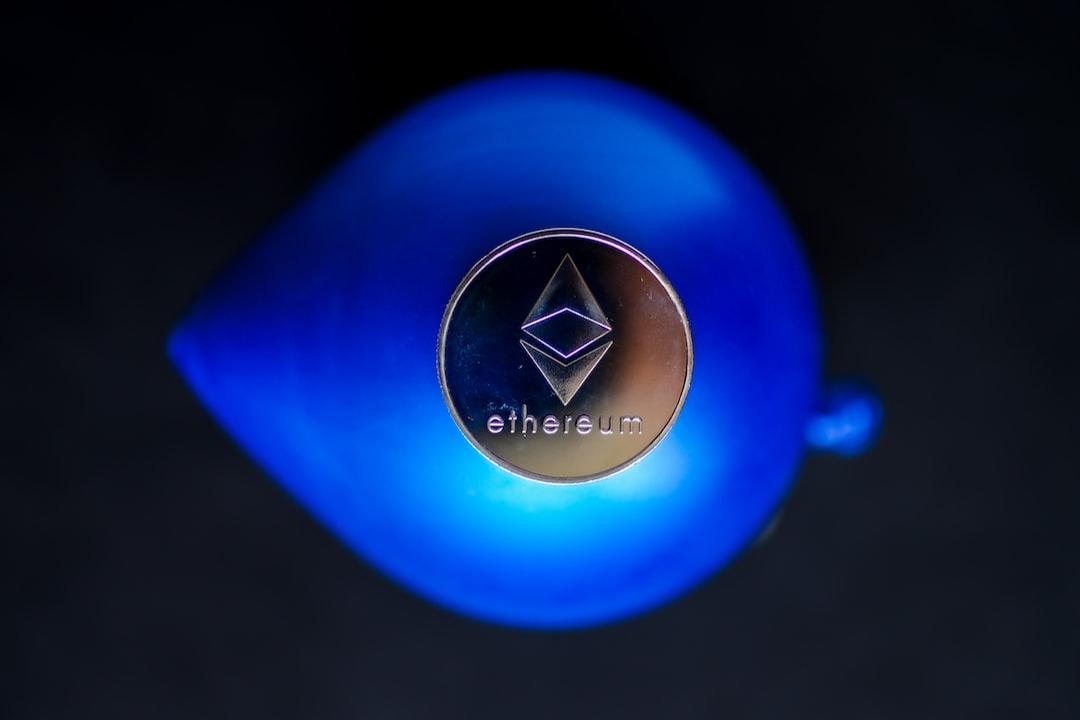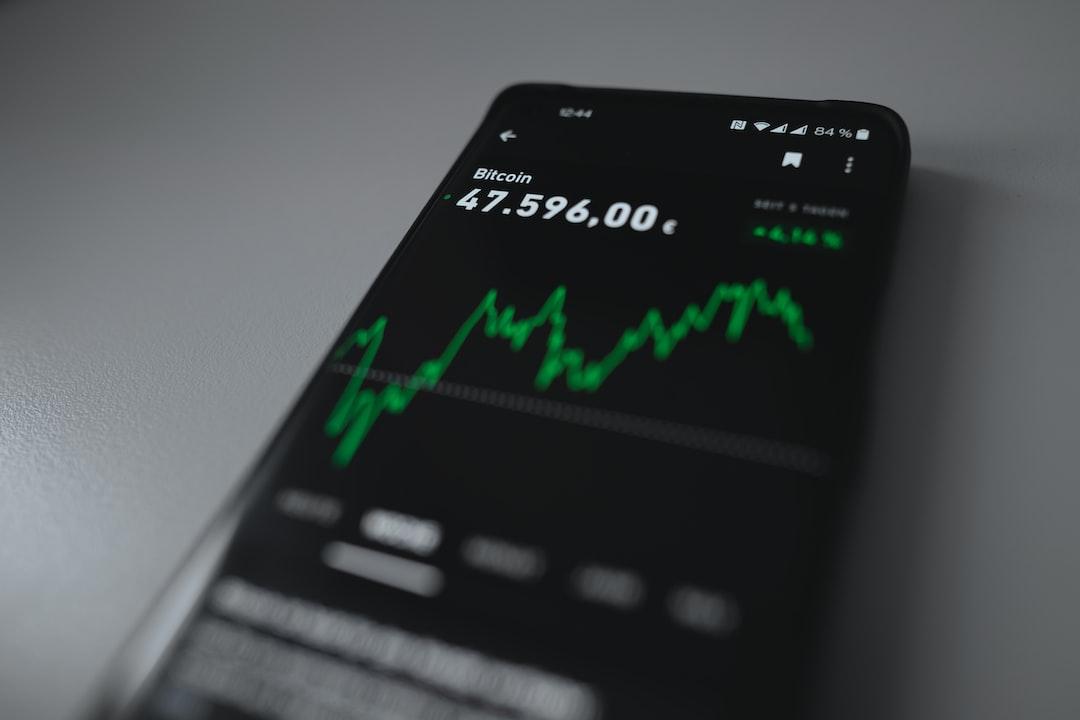Contents
Toggle
What is Manta Pacific?
Introduction to Manta Pacific
Four Development Stages of Manta Pacific
(1) Manta Pacific Alpha (Ethereum L2)
(2) Manta Pacific Alpha II (+Celestia DA)
(3) Manta Pacific Beta (+Transition to zkEVM)
(4) Manta Pacific Production-grade Mainnet I (+Universal Circuits 2.0)
Manta Launches New Paradigm Activity
Expected Rewards of New Paradigm
Steps of New Paradigm Activity
Manta Ecosystem: StakeStone and Mountain Protocol
(1) StakeStone
(2) Mountain Protocol
Overview of Manta Ecosystem Data and Projects
Conclusion by Manta
Manta Pacific is an Ethereum Layer2 designed specifically for ZK applications. It is currently based on OP Stack and fully compatible with the EVM environment and Solidity programming language. In the future, Manta Pacific will implement zkEVM based on Polygon CDK. It will also utilize Manta’s Universal Circuits to provide ZK-as-a-Service and leverage Celestia’s modular data availability to offer low gas fees.
The popular Blast recently saw a surge in futures prices on Aevo, rising from a low of $3.5 to $15.5 within a week before dropping to $7. This indicates that the L2 model focusing on native yield has gained market recognition.
Can Manta, which also recently launched native yield through New Paradigm, surpass Blast? Let’s first take a look at the advantages of Manta and the additional profit opportunities for early adopters compared to Blast.
Manta Network is a modular blockchain for zero-knowledge (ZK) applications. It was created by an experienced founding team from prestigious institutions such as Harvard University and MIT.
Manta Network has received investments from top Web3 venture funds, including Binance Labs and Polychain Capital.
Manta Pacific, on the other hand, is an Ethereum Layer2 designed specifically for ZK applications. It is currently based on OP Stack and fully compatible with the EVM environment and Solidity programming language. In the future, Manta Pacific will implement zkEVM based on Polygon CDK. It will also utilize Manta’s Universal Circuits to provide ZK-as-a-Service and leverage Celestia’s modular data availability to offer low gas fees.
Manta Pacific launched its mainnet Alpha version on September 12, 2023. It is currently the third largest OP Stack L2, following Optimism and Base. Once fully transitioned to zkEVM, Manta Pacific may become the largest Polygon zkEVM-based L2 network.
In its current version, Manta Pacific is based on Ethereum’s Optimistic Rollup, using Ethereum’s data availability (DA). It utilizes Manta Network’s Universal Circuits to allow developers to quickly build and deploy ZK-related applications using Solidity and the Universal Circuits SDK.
Therefore, all existing Ethereum smart contracts can seamlessly adapt to Manta Pacific and open up new application scenarios based on ZK functionality, such as verifiable DID/KYC, ZK-based fully on-chain games, and collaboration between DeFi and decentralized identities.
In this stage, Manta Pacific will achieve data expansion through the integration of Celestia’s modular data availability (DA), significantly reducing the gas fees for user interactions with dApps within the Manta Pacific ecosystem. Celestia’s costs have a sublinear relationship with Ethereum’s gas prices, making it much cheaper than existing Ethereum costs.
In this stage, Manta Pacific plans to fully transition to zkEVM and utilize Polygon’s ZK provers.
The ultimate stage of the network architecture will involve using Manta’s Universal Circuits for built-in ZK features to support a wide range of ZK applications. It will also combine Validium services, Celestia DA, zkEVM, and Polygon CDK to achieve scalability.
In the final stage, Manta Pacific will officially launch its mainnet. For the Manta Pacific mainnet, Manta Pacific will further upgrade the Universal Circuits to achieve lower gas costs and unlock new application scenarios with novel ZK technologies.


From Manta Pacific’s roadmap, it will be the first zkEVM L2 to transition from Optimistic Rollup to Validium. This transition will be implemented using Polygon CDK and will significantly reduce gas fees through Celestia DA. It can be said that it is a forward-looking L2.
Recently, Manta launched the New Paradigm liquidity incentive activity within its ecosystem. Similar to Blast’s liquidity staking, users can stake their funds to earn future token airdrops.
However, compared to Blast, New Paradigm has the advantage of a rich ecosystem and a shorter breakeven period. Users can receive token airdrops as early as January 2024, while Blast’s airdrop may not be available until May. Compared to Blast, New Paradigm has a much higher capital utilization rate.


New Paradigm has five sources of income, including fixed income, NFT incentives, and stacking of DeFi opportunities within the L2 ecosystem.
When ETH and USDC are cross-chained to the Manta ecosystem, similar to Blast, users can earn around 5% interest even if their assets are idle.
By participating in the activity and staking assets, users can receive future MANTA token airdrops.
By interacting with projects within the Manta ecosystem, users have the potential to receive airdrops from those projects.
After staking ETH and USDC, users can use the obtained Stone and wUSDM to participate in projects within the Manta ecosystem, such as lending projects, to earn benefits offered by those projects.
Through restaking of stETH (optional, subject to Eigenlayer Restaking Cap), users can earn additional returns.


(Note: ETH will be converted to Stone after deposit, and USDC will be converted to wUSDM. If there is no GAS for subsequent interactions, third-party bridges, such as MiniBridge, can be used to cross-chain to the Manta network, saving GAS fees. To participate in the activity, funds must be deposited through the activity page to receive blind box fragments. However, GAS is required for subsequent interactions within the Manta ecosystem, which can be cross-chained through third-party bridges.)
Cross-chain ETH or USDC to Manta Pacific for deposit and earn returns and box fragments. The deposit period is open until January 2024.
Within 24 hours of deposit, users will receive STONE and wUSDM on Manta Pacific. The earliest date to claim MANTA token rewards through NFT will be January 2024.
69 days after the distribution of MANTA token rewards, users can redeem ETH and USDC using STONE and wUSDM.
The current deposit activity of New Paradigm is in the final sprint stage. Readers who want to participate can use the invite code from Biteye:
https://newparadigm.manta.network?inviteCode=YBY7X
In New Paradigm, the earnings from staking ETH come from the StakeStone protocol, while the earnings from staking USDC come from the Mountain Protocol. Now let’s introduce these two key protocols within the Manta ecosystem:
StakeStone is a full-chain LST (Liquid Stake Token) protocol that aims to build a decentralized all-in-one staking protocol and a cross-chain market for LST liquidity. It provides easy staking services and is backed by Hashkey Capital, with Secure3Audit certification.
Users can deposit ETH to receive STONE. For example, if User A deposits 100 ETH to exchange for a certain amount of STONE and the value of 1 STONE becomes 1.04 ETH after one year, User A can extract 104 ETH from StakeStone using 100 STONE.
When users deposit ETH into StakeStone, they immediately receive STONE. At the same time, the received ETH enters the vault contract and waits for deployment. After deployment, the ETH in the vault contract is sent to Lido to exchange for stETH, which is then stored in StakeStone’s strategic vault.
In the future, stETH may be deposited into Eigenlayer for restaking to generate more income for STONE holders.
Currently, the total amount of ETH deposited in StakeStone is steadily increasing, reaching 225,498 ETH, equivalent to $515M.


Mountain Protocol is an institutional-grade compliant and regulated stablecoin protocol backed by short-term US government bonds. It has received investments from Coinbase Ventures and has been audited by well-known auditors such as OpenZeppelin.
The stablecoin USDM issued by Mountain Protocol is backed by US short-term government bonds, which are among the safest assets in the world.
USDC and USDT are also backed by US short-term government bonds. According to the risk rating report from Bluechip, the risk rating of USDM is the same as DAI. Therefore, Mountain Protocol combines security and compliance.
In New Paradigm, users deposit USDC and automatically receive wUSDM (Wrapped USDM) on Manta Pacific, similar to Lido’s wstETH.
During the New Paradigm activity, users can consider using wUSDM in other protocols for yield farming. wUSDM can be used like any other ERC20 token for interactions with various smart contracts, decentralized applications, and wallets on L2.
Currently, the issuance of USDM has reached $136M according to DefiLlama data, significantly increasing after partnering with Manta.


According to L2 Beat data, the TVL of Manta Pacific has reached $559M, surpassing Linea, Starknet, and other popular L2 chains, currently ranking sixth.


Based on on-chain data, the number of transactions (TX) within the Manta Pacific ecosystem has reached nearly 7 million, with a total of 446,454 wallet addresses. There has been significant growth in on-chain daily activities in the past three months.


https://analytix.web3go.xyz/layout/dashboardDetail/3a6f41b3-bb1c-43b1-a1e8-bd1158033e31
Currently, there are over 200 ecosystem projects on Manta Pacific, with most projects yet to issue tokens. It can be foreseen that the New Paradigm activity has brought a large number of new users to Manta, along with a significant amount of funds being deposited on-chain. These funds will continue to circulate within the ecosystem and interact with projects in the Manta ecosystem, gradually cultivating loyal users on the chain.
Here are introductions to some key ecosystem projects on Manta:
QuickSwap: QuickSwap is the largest DEX in terms of trading volume within the Manta ecosystem. It is also one of the largest and most well-known DEXs in the Polygon ecosystem.
iZUMi Finance: iZUMi is a multi-chain DeFi protocol that provides Liquidity-as-a-Service (LaaS). It has introduced an innovative discrete liquidity automated market-making model and raised over $50M from investors including IOSG Ventures, Distributed Capital, Hashkey Capital, and BIXIN Ventures.
LayerBank: LayerBank is currently the largest lending protocol within the Manta ecosystem. The protocol has undergone an audit by Peckshield and currently has a TVL of $265M. It is deployed on Linea and Scroll, but the majority of TVL is distributed within Manta.
Symbiosis: Symbiosis is a cross-chain DEX and liquidity protocol. It has received $2M in funding from investors such as DWF Labs, Shima Capital, Binance Labs, Dragonfly, and Amber Group.
PacificSwap: PacificSwap is a DEX protocol based on the ve(3,3) model. It is developed based on the Pancake Swap model and utilizes the innovative CLAMM algorithm.
AsMatch: AsMatch is an online dating application based on zero-knowledge proofs (ZK). Users can swipe left or right to match or reject other users. They can also fill in zkSBT’s ZK Proof Key in the app to verify on-chain behavior and identity. It falls into the Social category within Manta.
Orbiter Finance: Orbiter Finance is a decentralized rollup bridge for transferring Ethereum native assets. It provides infrastructure for Layer 2 and is one of the largest cross-chain bridges, raising $3.2M from Starkware, Amber Group, and others.
Minibridge: Minibridge is a cross-chain bridge optimized for small-scale transfers, offering low fees and fast transactions. It was rated as users’ favorite bridge on dappsheriff and offers a 50% discount on fees during the New Paradigm activity. MiniBridge is the award-winning team at Ethereum Shanghai 2023.


With the upcoming token launch in 2024, the airdrops brought by the MANTA token will undoubtedly further enhance the popularity of L2 in the first quarter of 2024. With the integration of Celestia in the next stage, the dual features of modular blockchain and ZK EVM can bring unique advantages to Manta.
Therefore, in this stage where most projects within the ecosystem have not yet issued tokens, coupled with the strong backing of Binance investment, the level of on-chain activity is much smaller compared to chains like Zksync. Participating more in the interactions within this chain, increasing asset returns, and taking advantage of future ecosystem airdrops can be considered a cost-effective operation.
*This article is authorized and reposted from Biteye.

